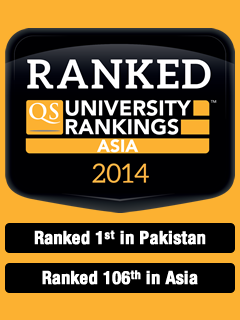Centre for studies on Emerging Reactor Technologies (CERT)
The Objective and Thrust of the Centre
Considering the world's growing energy demand, nuclear energy is an option to meet this demand in a sustainable and reliable manner. The share of nuclear in the global energy mix is continuously rising. This increase in share of nuclear is due to the factors such as population growth, energy supply security, increased electricity demand, climate mitigation and price volatility of fuels used for other sources of energy. In order to meet this growing demand, large scale deployment of advanced nuclear reactors is envisaged. However, certain issues such as safety, economics, waste management, physical protection, and proliferation resistance need to be addressed for nuclear reactors to achieve successful large scale deployment. These potential issues can be addressed by using advanced nuclear reactor technologies (Generation III/III+/IV). Compared to existing reactors (Generation II), the key features of advanced reactors include improved safety, improved economic competitiveness, less waste, and more proliferation resistance compared to existing designs. It is expected that in the next two or three decades, majority of newly constructed nuclear power plants would belong to Generation III/III+ category. There are many advanced reactor designs including small modular reactors (SMRs) some of which are being considered for construction in various countries while others are still under R&D phase. Keeping in view the global developments in advanced reactors designs and technologies including SMRs, a 'Centre for studies on Emerging Reactor Technologies (CERT)' has been established under the Department of Nuclear Engineering, PIEAS where faculty members and researchers may study emerging nuclear reactor designs and technologies available for immediate, near-term and long-term deployment. Prime objectives of the Centre are:
 |
To follow developments in terms of design and construction technologies of large advanced reactors available for immediate and near term deployment (e.g. Gen III/III+), and study their distinctive and advanced features; |
|
 |
To follow developments of SMRs technologies; |
|
 |
To remain conversant with advanced features being employed in advanced SMRs; |
|
 |
To build knowledge, technical capabilities and facilities for advanced systems design and development; |
|
 |
To develop collaboration with various experts and groups working in the area of advanced nuclear reactor technologies including SMRs at universities and research institutes abroad. |
Visit Centre for studies on Emerging Reactor Technologies (CERT) Website
Last Updated: 02 September 2016


